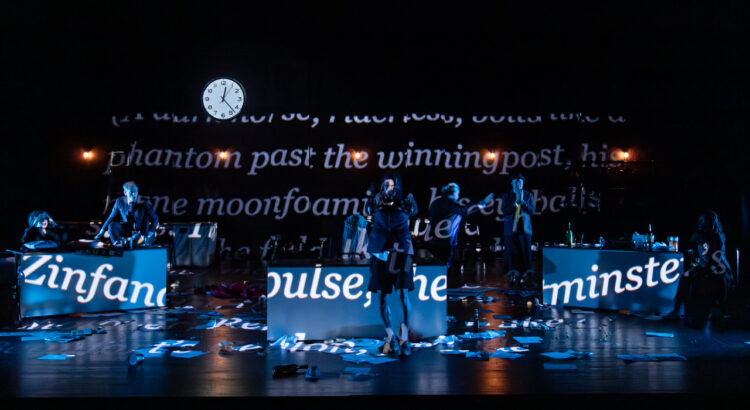Good news! Wicked, the film adaptation of the first act of the smash hit Broadway musical of the same name, is wonderful.
Directed by Jon M. Chu, Wicked is a prequel to The Wizard of Oz. Based generally off of the novel by Gregory Maguire (Wicked: The Life and Times of the Wicked Witch of the West; unlike the rest of involved properties, decidedly not PG), as well as the 1939 movie, Wicked centers around Elphaba (a standout performance by Cynthia Erivo), who will become the Wicked Witch of the West, and Glinda (Ariana Grande), who will become the Good Witch of the North.
Wicked is a movie-musical, and unapologetically so. The chorus is vast and excellent. The choreography (by Christopher Scott) ranges from crisp and upbeat to gentle and heartfelt; and, when it’s happening, there’s a good balance between close-up shots and larger crowd shots. All of the songs from the Broadway musical’s first act are included, though almost all have been expanded (one, in service of a fun, fan-service cameo, so much so that it essentially constitutes a new song). The sets and costuming are minimally CGI, vast, bright, and colorful. Like many musicals, the whole effect can be a bit campy, but it’s not garish, and it doesn’t shy away from darker aspects of its plot.
The movie opens in the “present day” of the Wizard of Oz, after Dorothy has killed the Wicked Witch. Glinda arrives in her bubble to a town in Munchkinland, whose residents are rejoicing that the Witch has just been killed (“No One Mourns the Wicked”). After a short flashback detailing Elphaba’s birth, Glinda confesses that she did, in fact, know the Witch: the two went to school together, at Shiz University.
Grande is at her weakest musically in her opening number: this is the most “legit” (pseudo-operatic) piece for Glinda, and Grande lacks the technique to pull it off. Her voice sounds overly thin and weak, particularly on the higher notes. Presumably to compensate, the autotune and sound editing, generally tasteful, are palpably stronger here. Grande does make a much better showing for herself in the rest of the film, though. Most of Glinda’s singing is more pop than classical, which Grande does with aplomb; her performance in “Popular,” an upbeat number in which Glinda decides to give Elphaba a makeover, more than makes up for “No One Mourns the Wicked.” Grande also has impeccable comedic timing, aided by her sidekicks Pfanee (Bowen Yang) and Shenshen (Bronwyn James), and her chemistry with Erivo is impeccable. Erivo is the stand-out here, with a wry, rich, nuanced portrayal and a glorious singing voice. Her “Defying Gravity,” which ends the film, is a show-stopper in more ways than one.
While there are darker political machinations happening in the background, the heart of the film is Glinda and Elphaba’s relationship, and its slow shift from enemies to friendship. It feels real, and it’s refreshingly imperfect. They hurt each other, but there’s a sweet and genuine core to it, which heightens the stakes when the two must eventually break apart to Good and Wicked.




